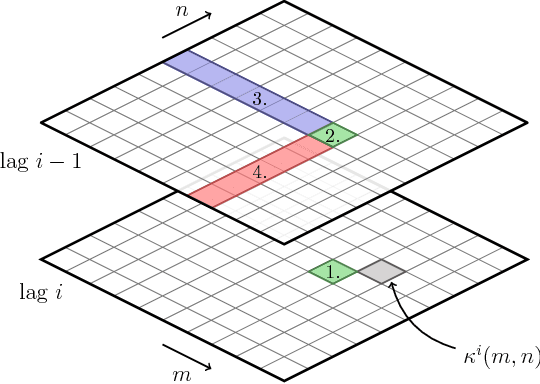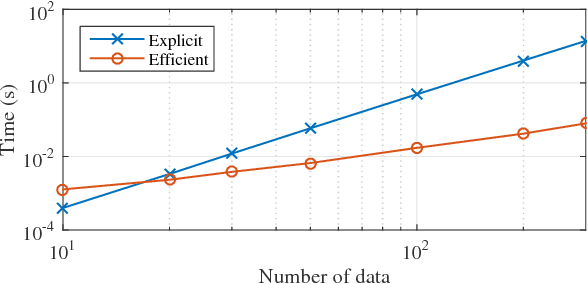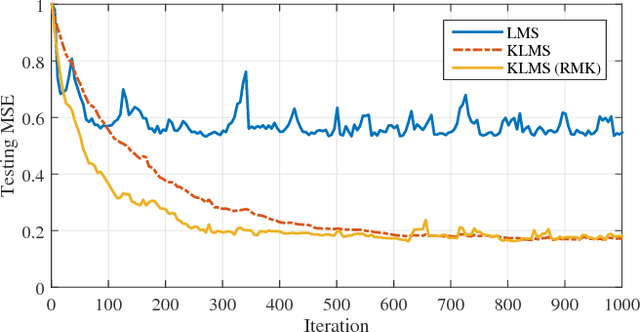Recursive Multikernel Filters Exploiting Nonlinear Temporal Structure
Paper and Code
Jun 12, 2017



In kernel methods, temporal information on the data is commonly included by using time-delayed embeddings as inputs. Recently, an alternative formulation was proposed by defining a gamma-filter explicitly in a reproducing kernel Hilbert space, giving rise to a complex model where multiple kernels operate on different temporal combinations of the input signal. In the original formulation, the kernels are then simply combined to obtain a single kernel matrix (for instance by averaging), which provides computational benefits but discards important information on the temporal structure of the signal. Inspired by works on multiple kernel learning, we overcome this drawback by considering the different kernels separately. We propose an efficient strategy to adaptively combine and select these kernels during the training phase. The resulting batch and online algorithms automatically learn to process highly nonlinear temporal information extracted from the input signal, which is implicitly encoded in the kernel values. We evaluate our proposal on several artificial and real tasks, showing that it can outperform classical approaches both in batch and online settings.
 Add to Chrome
Add to Chrome Add to Firefox
Add to Firefox Add to Edge
Add to Edge